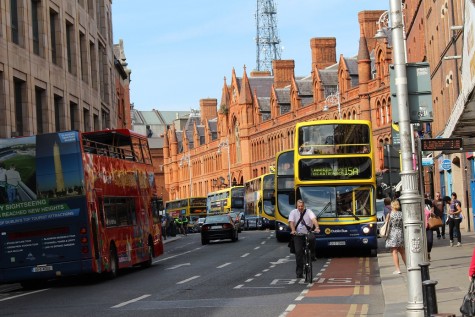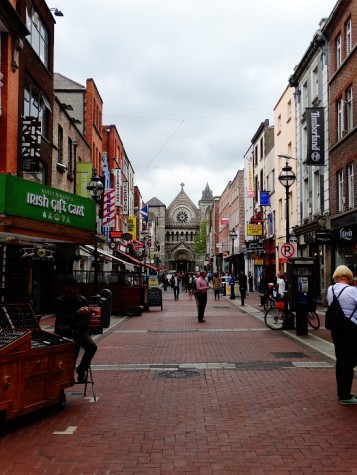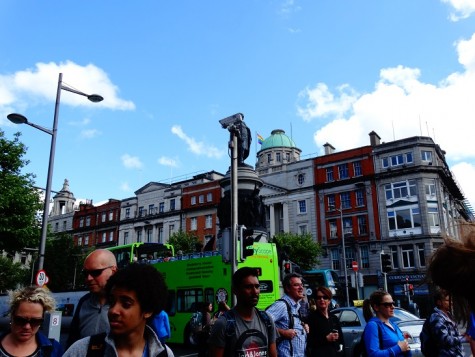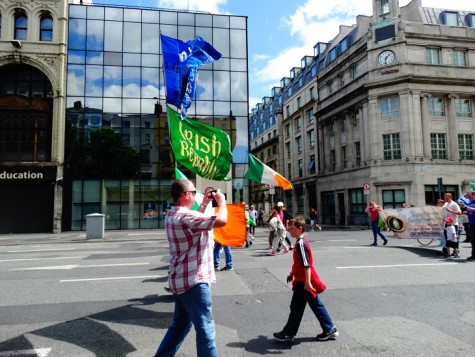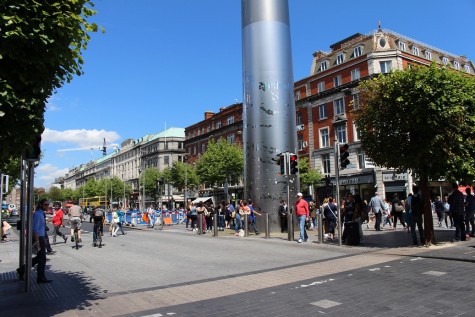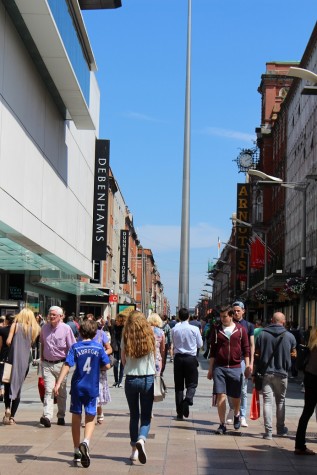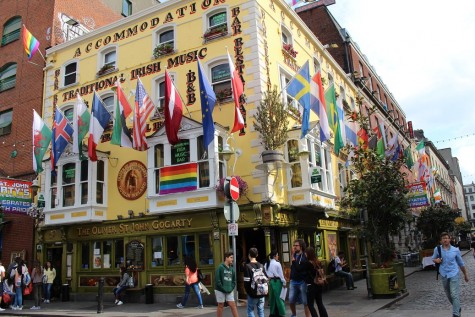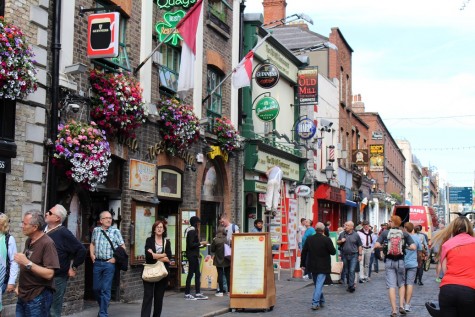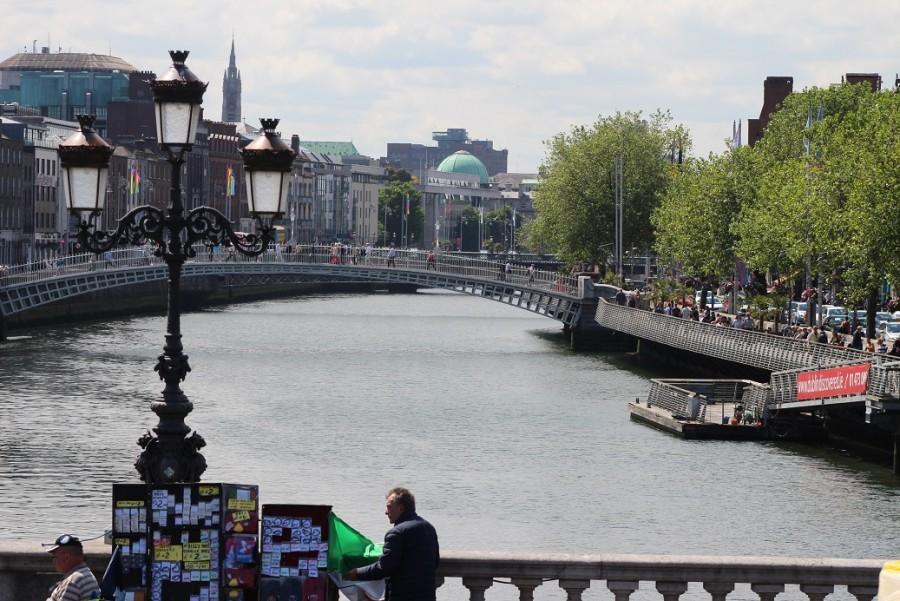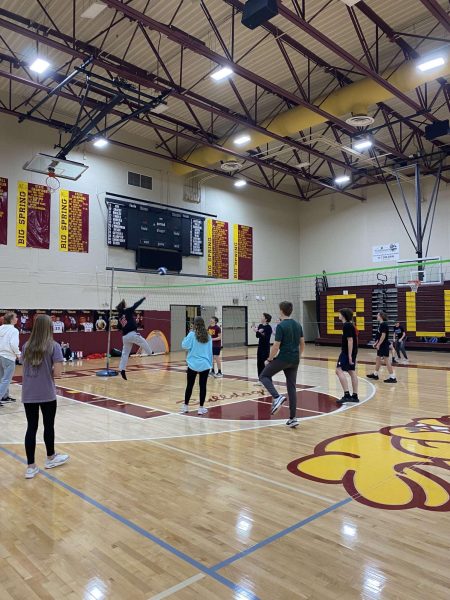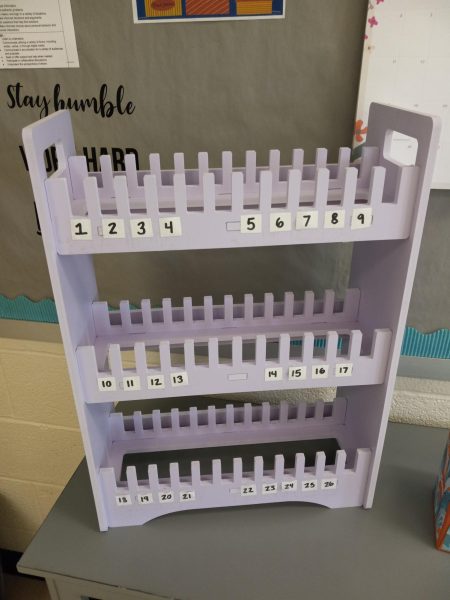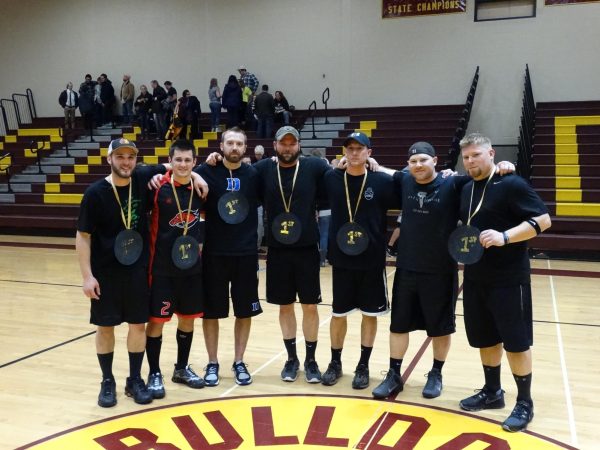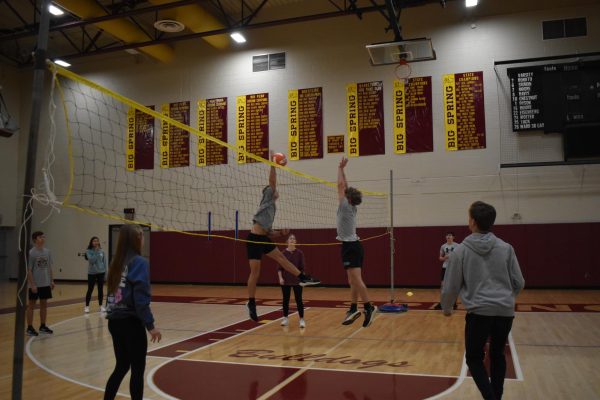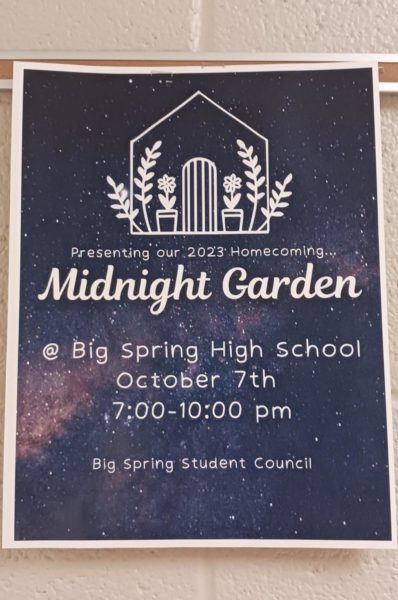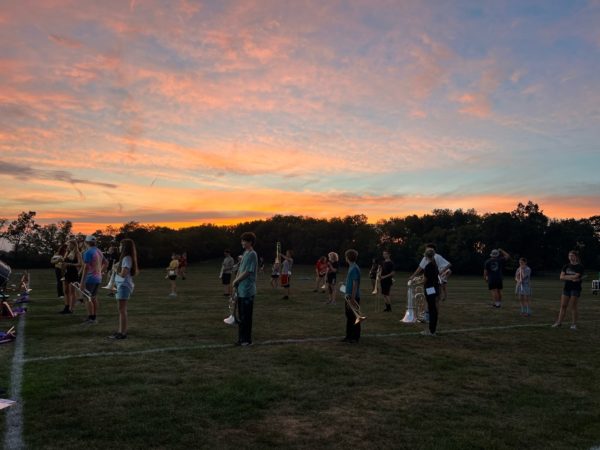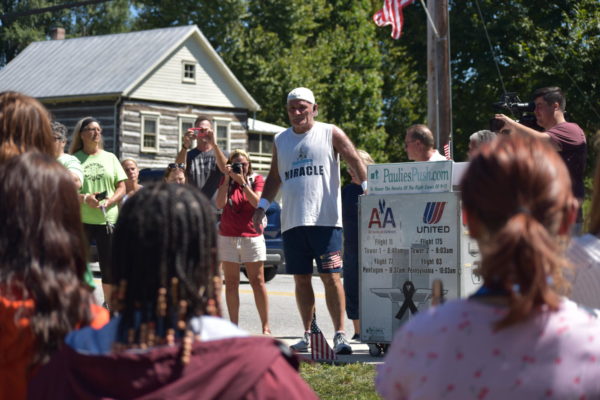American St. Patrick’s Day celebrations differ from those overseas
March 14, 2016
Every year on Mar. 17, St. Patrick’s day is celebrated throughout the world, but nowhere more than Dublin, the most visited city in Ireland- the country’s capital, known for pubs, beautiful streets, and the history. There are many who may be celebrating this holiday, but are unaware of why or how differently they celebrate it from the Irish. A Poll taken on the Paw Print website shows that 36% of Big Spring students polled think that buying a Shamrock Shake at McDonald’s counts as their celebration of the holiday.
According to Ireland native Justin Lawrence, who is now a professor at Wilson College living in Shippensburg, St. Patrick’s Day originally started out as a religious holiday like Easter, but eventually it turned into a national holiday. Lawrence grew up in Dublin and said, “St. Patrick’s Day is like a combination of the 4th of July and Thanksgiving.” Since it is such a big holiday in Ireland all schools and businesses are closed that day. In the mornings each town will have a parade with local children, sports teams, scouts and bands. After the parade ends, extended family will get together for a large meal, then that evening people will usually socialize in a pub.
When this holiday is celebrated in the U.S. there are some things that are just not the same as in Ireland. The way people in the United States celebrate St. Patrick’s day can sometimes annoy Irish people who have experienced the true Irish celebrations in Dublin like Lawrence. For him personally he finds that some Americans “Over-emphasize drinking without any interest or celebration of the cultural part of the day.”
Tucker Brough, a junior, said he thought that the holiday was about “Green clovers and people drinking beer,” which is not dealing with any cultural aspects that St. Patrick’s Day is all about. Americans have parties and socialize at night while the Irish would attend the morning parades, and many people enjoy watching the two big Gaelic football and hurling games airing that day. Many of the Irish, like Lawrence, would appreciate people celebrating the holiday to take time and learn about the unique culture instead of using the holiday as “An excuse to get drunk without any of the cultural or family activities.”
Students at Big Spring like Sam Crouse describe St. Patrick’s Day by saying, “It’s a day to wear green.” In some ways Crouse is right, people do wear green in celebration of St. Patrick’s Day, but many Americans do not know why. The color green comes from the Irish flag which is a tricolor of green, white and orange. According to Lawrence, they use green as the main color during the celebration because, “Until the 1920s Ireland was ruled by Britain and was not independent, and many of the rebel movements used a plain green flag sometimes with a golden harp.” So St. Patrick’s Day green is really in honor of Ireland’s independence from Great Britain.
Another common factor associated with St. Patrick’s Day would the Irish Leprechauns. According to Hello Kids, this Irish mythological creature can be found celebrated with many American St. Patrick’s Day celebrations. Noah Keiter, a junior, stated “I guess Leprechauns and that’s about it.” when he was asked about St. Patrick’s Day traditions. Leprechauns are said to be old men who enjoy participating in mischief. Most know about these creatures is that someone can find their stash of gold at the bottom of a rainbow, which makes the Leprechauns very popular with children.
One of the most popular activities for every Irish celebration of St. Patrick’s Day would be the parades. The most known St Patrick’s Day parades in the US would be in Chicago, Philadelphia, and Pittsburgh, which are 3 of the top U.S. cities with high populations of citizens with Irish ancestry. These parades are celebrated every year rain or shine, with thousands of visitors who celebrate St. Patrick’s day every year.